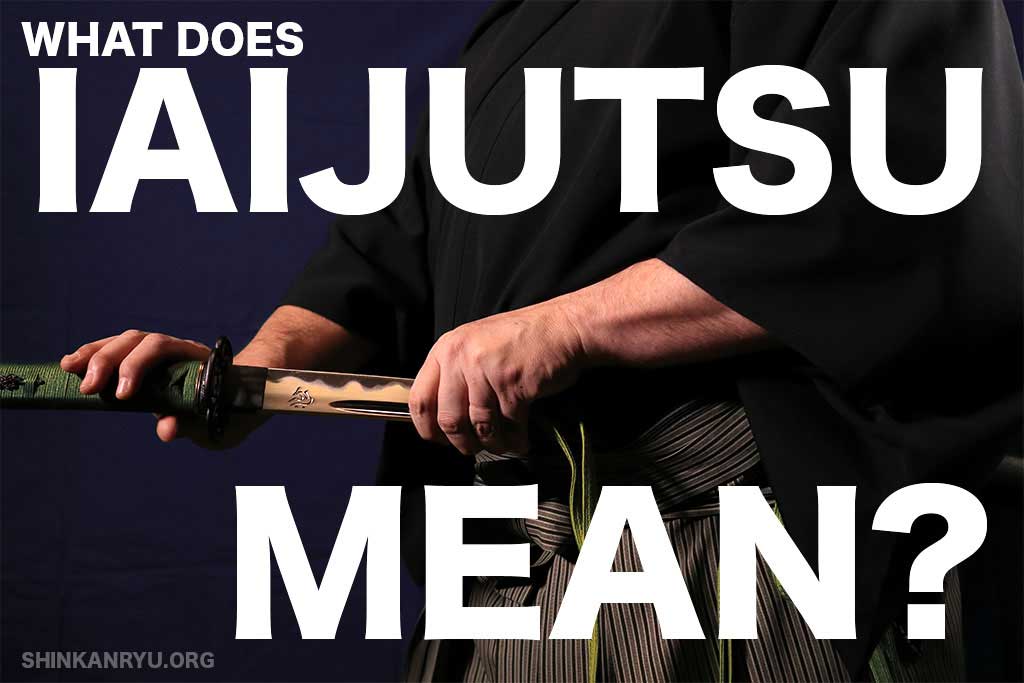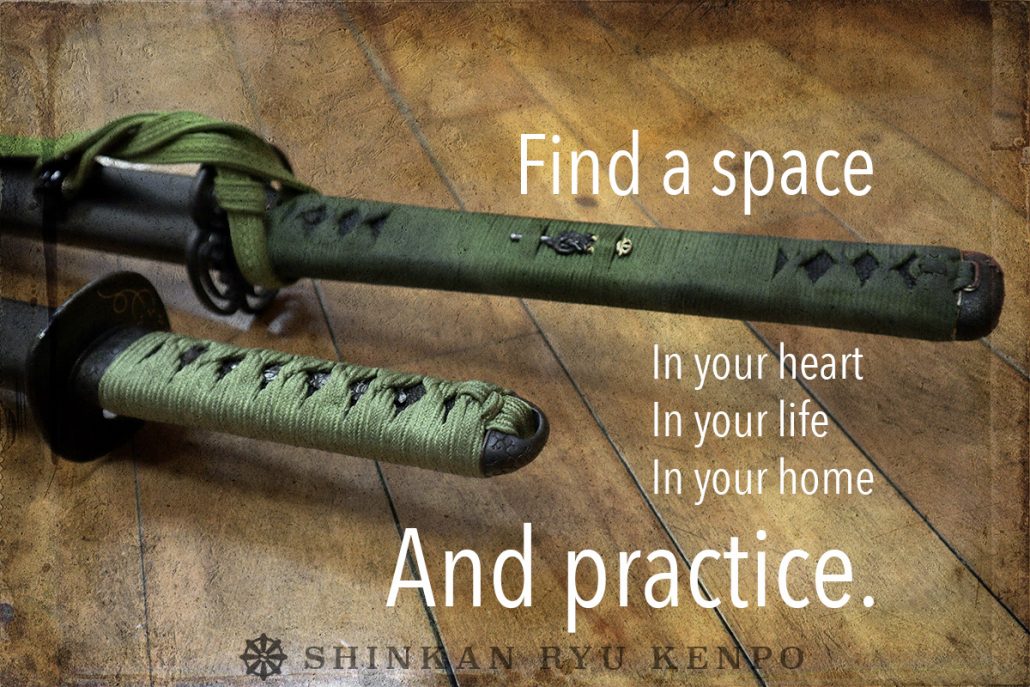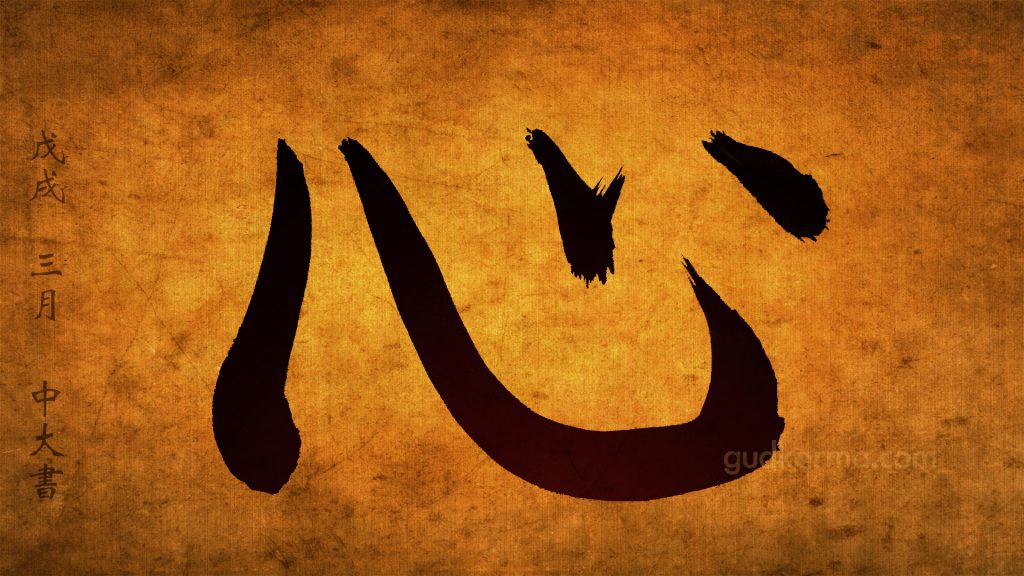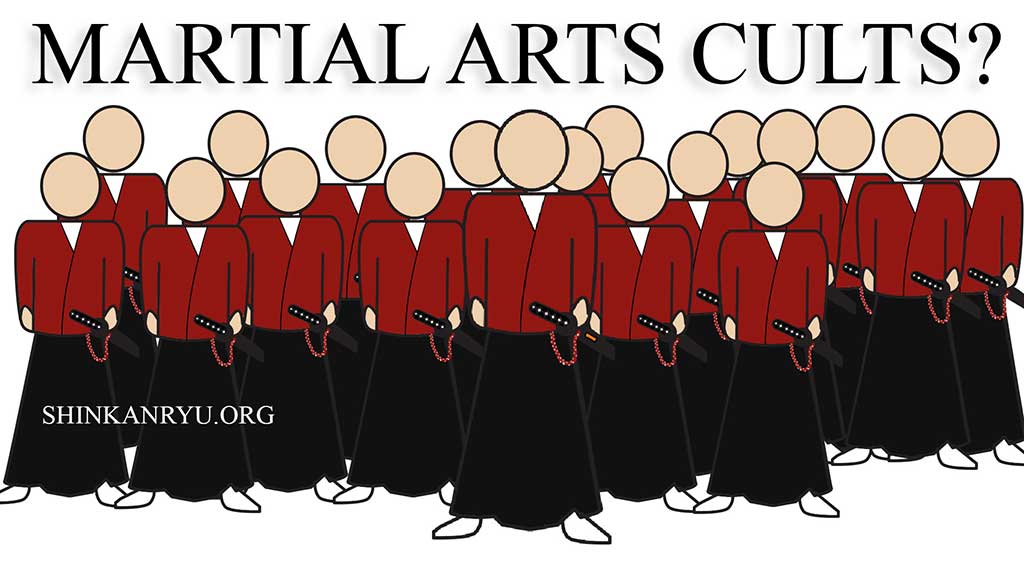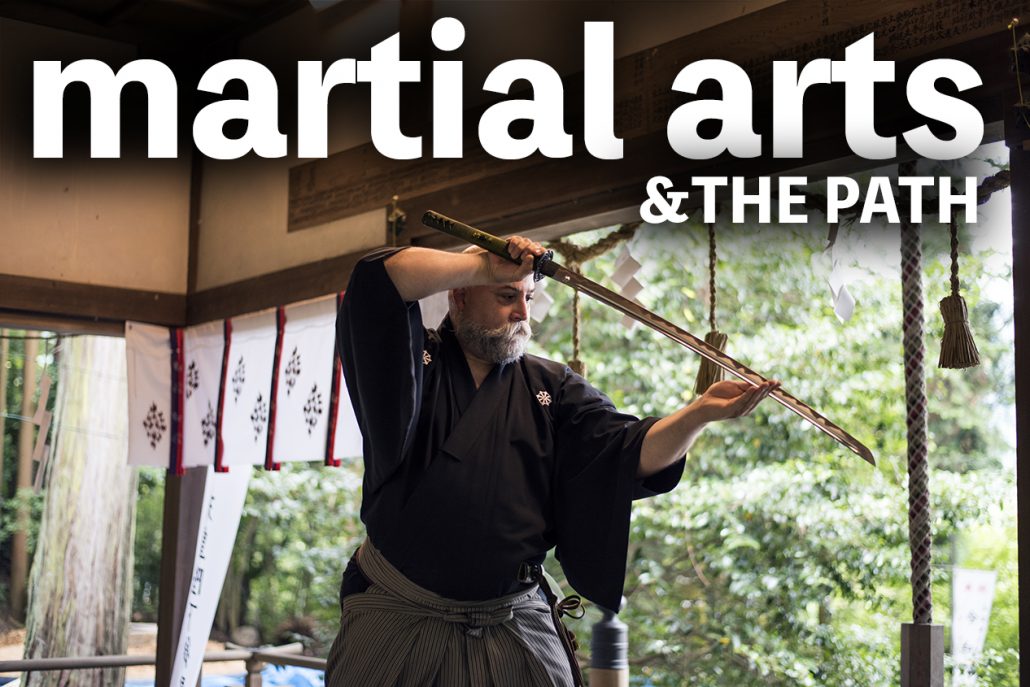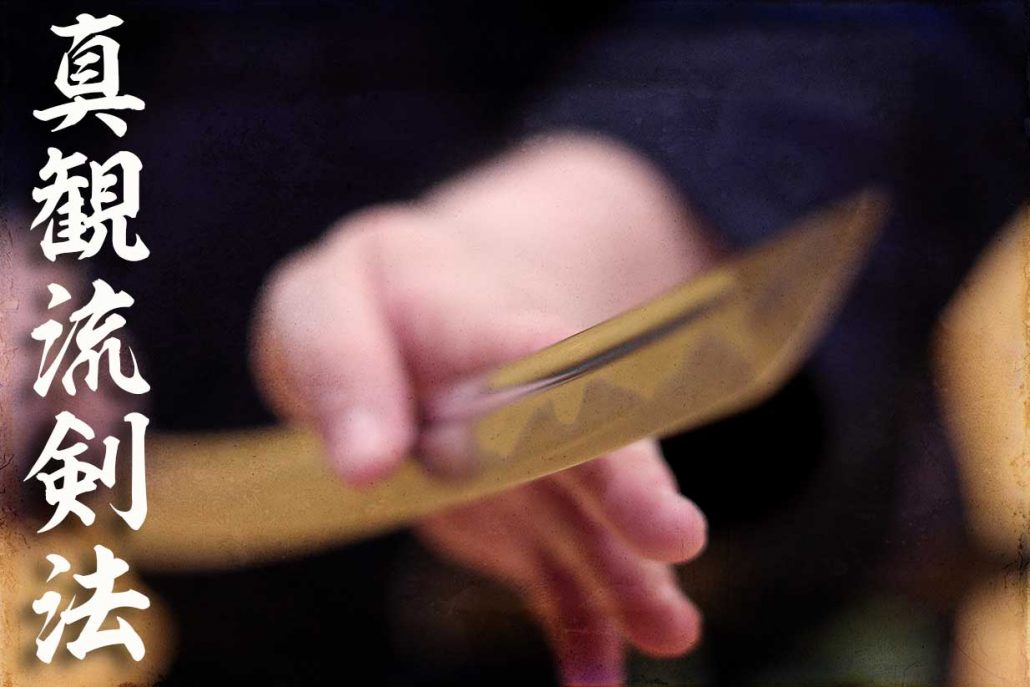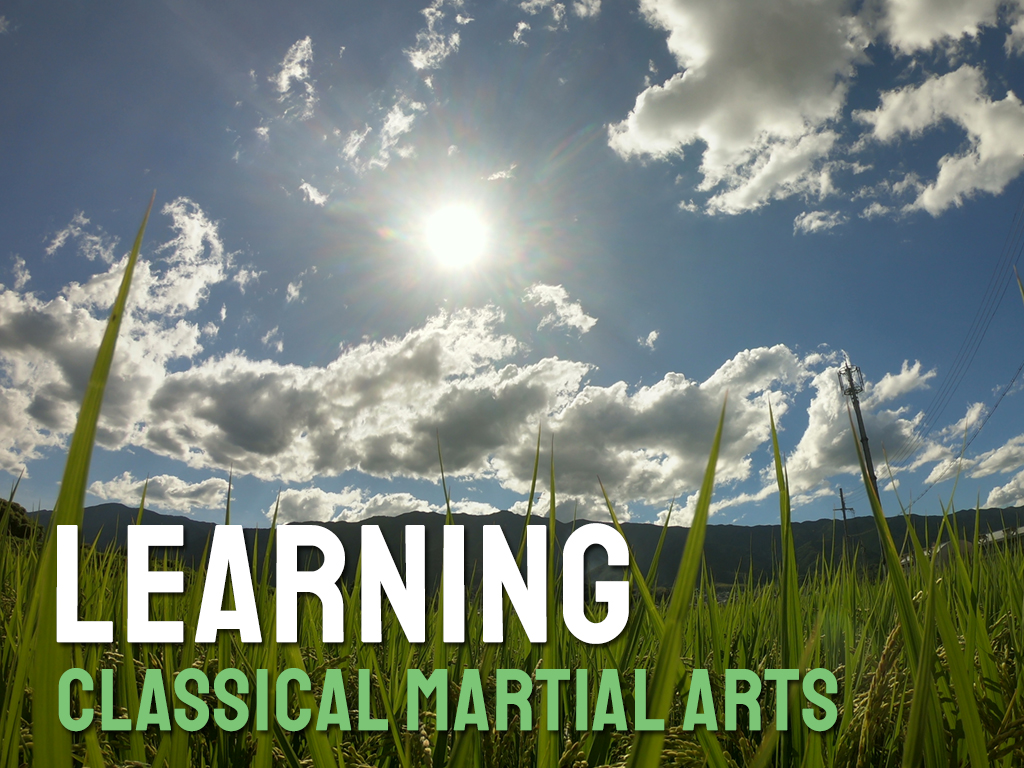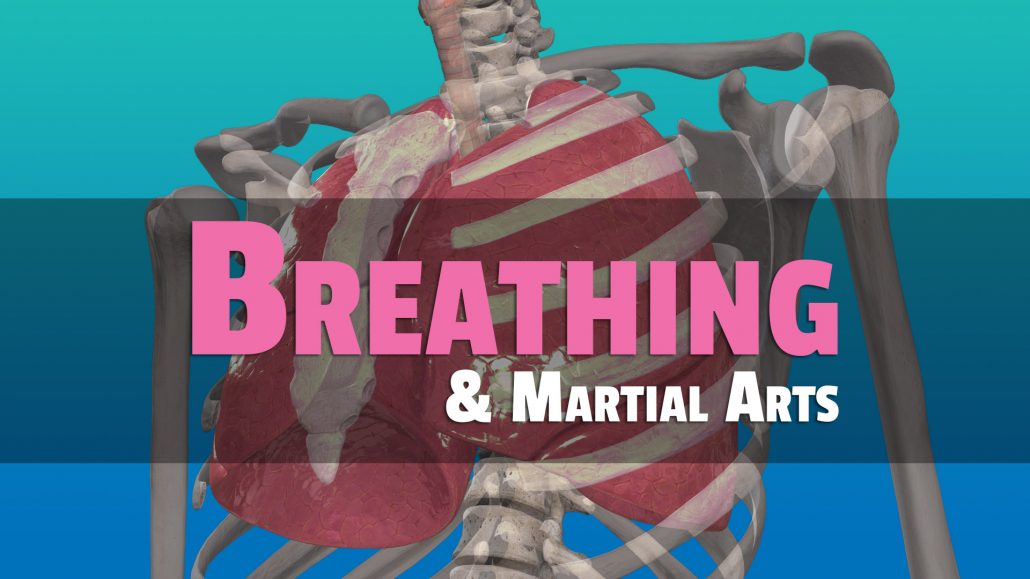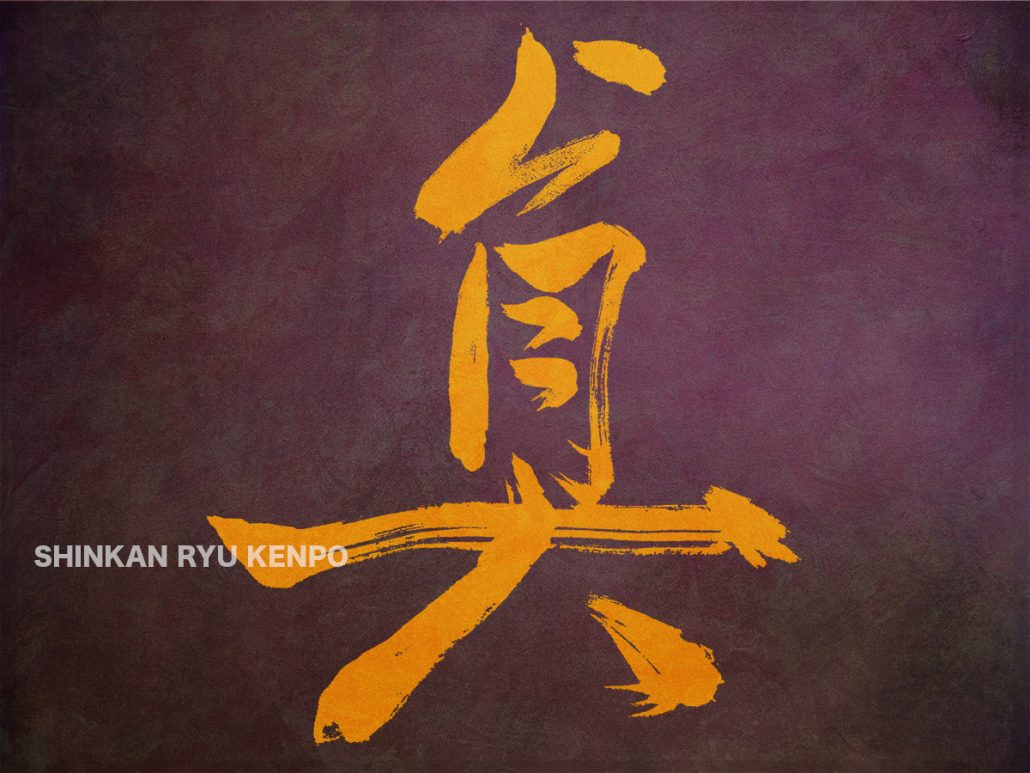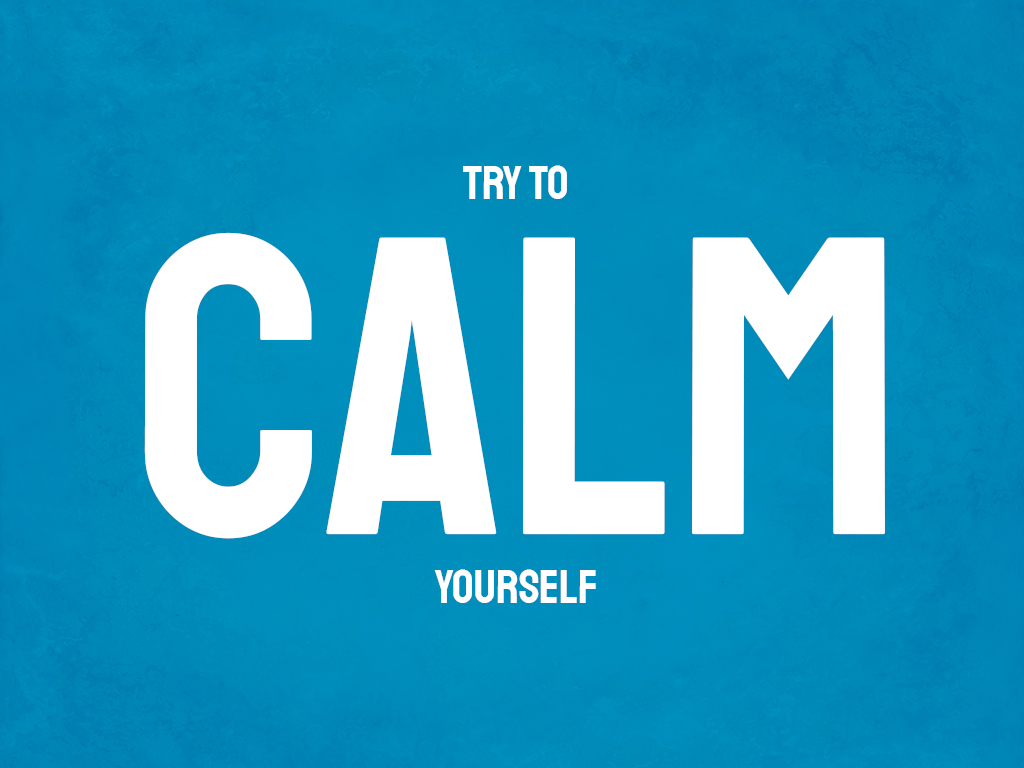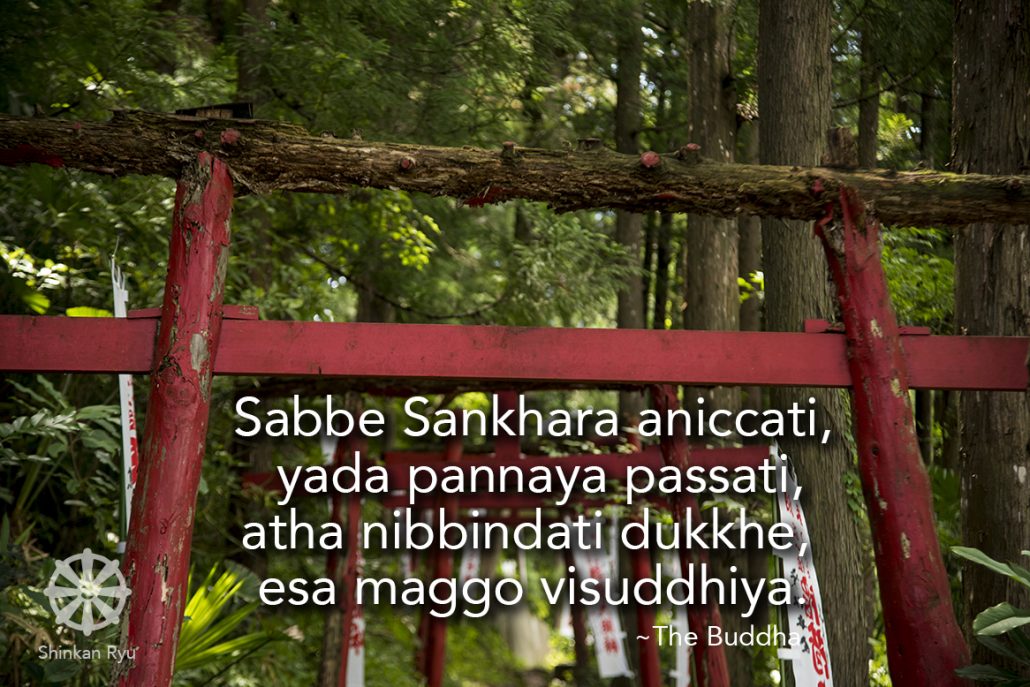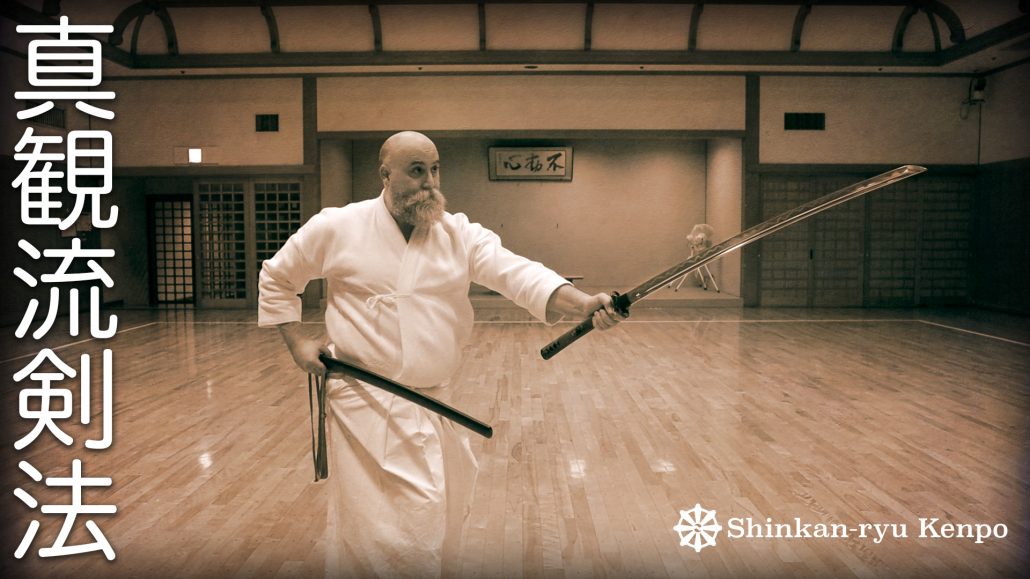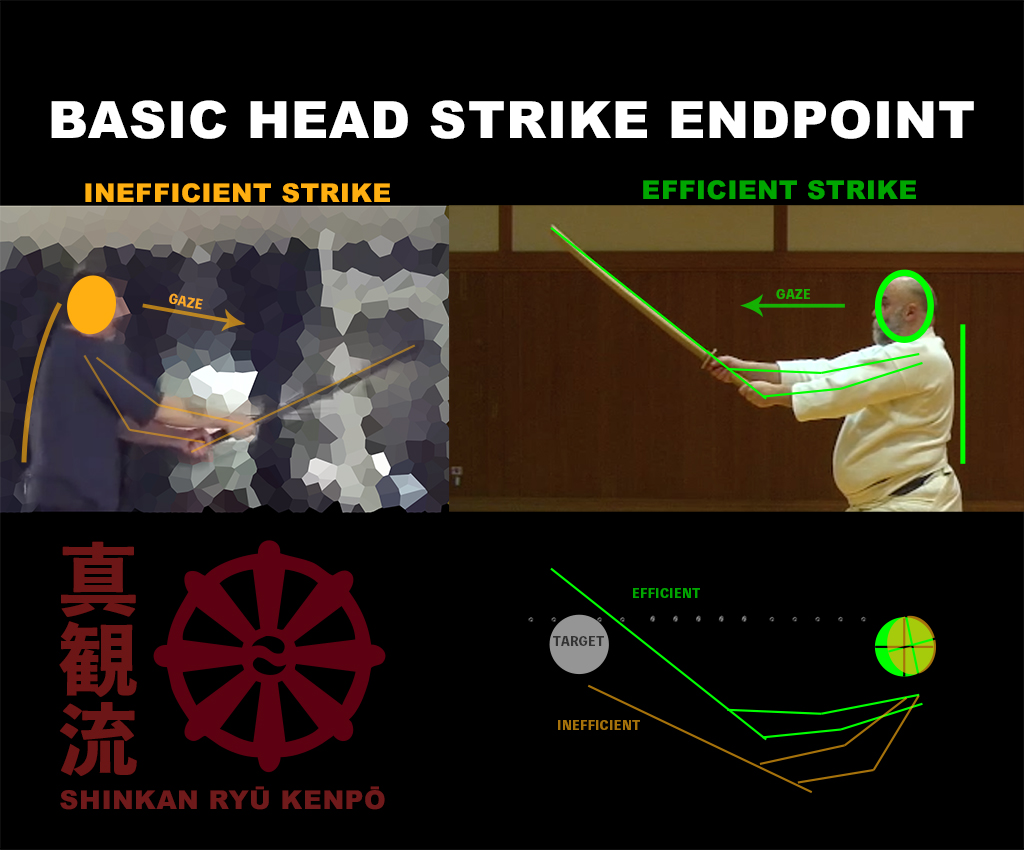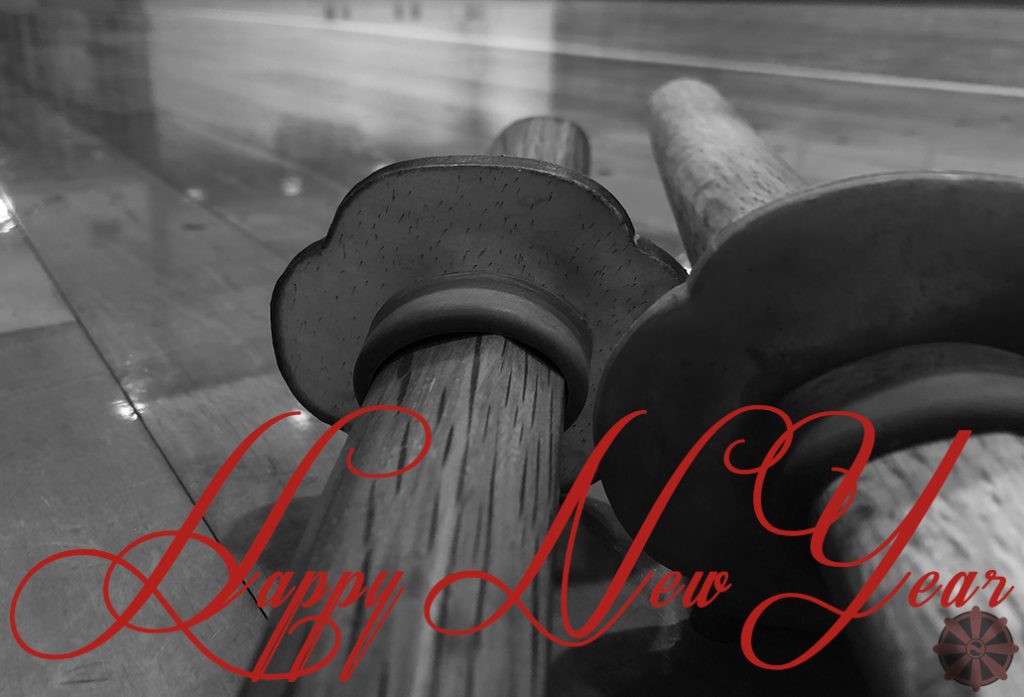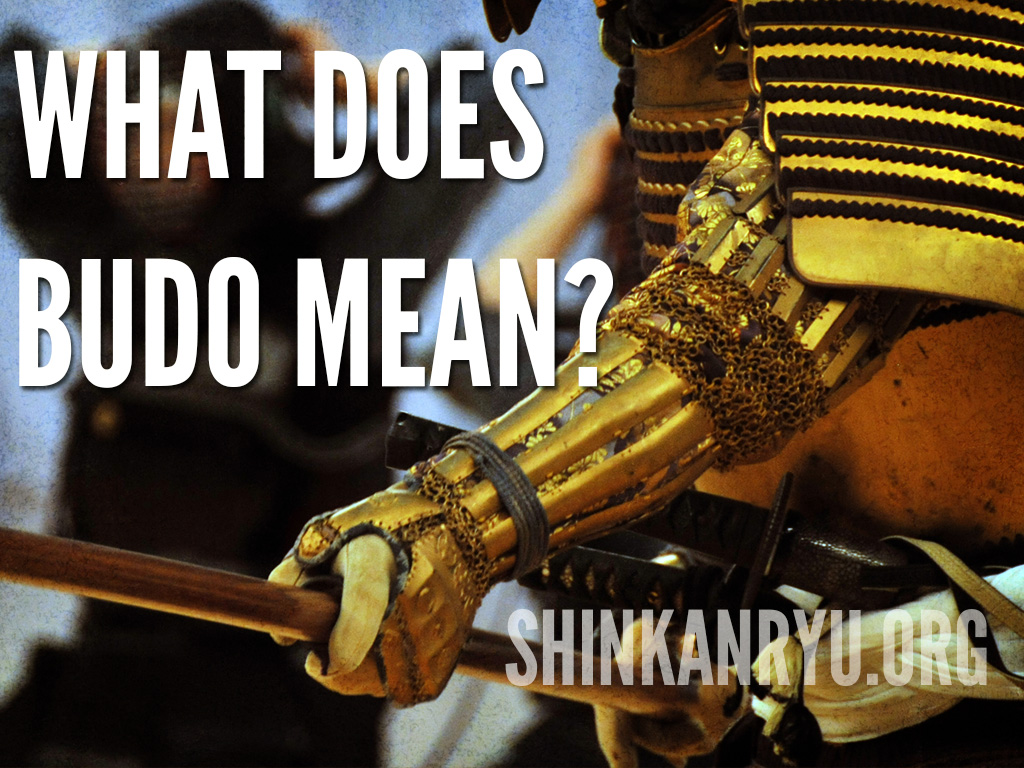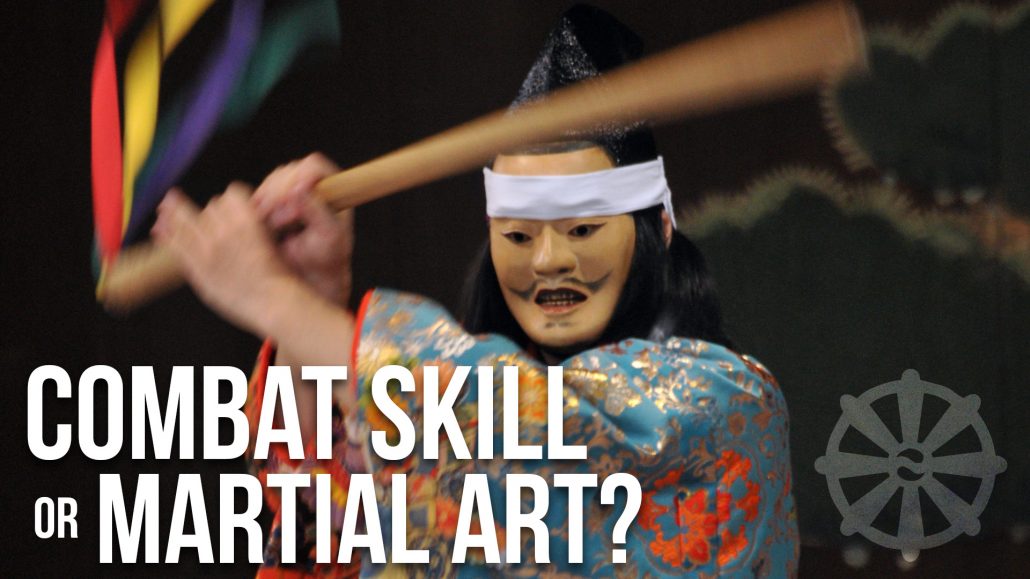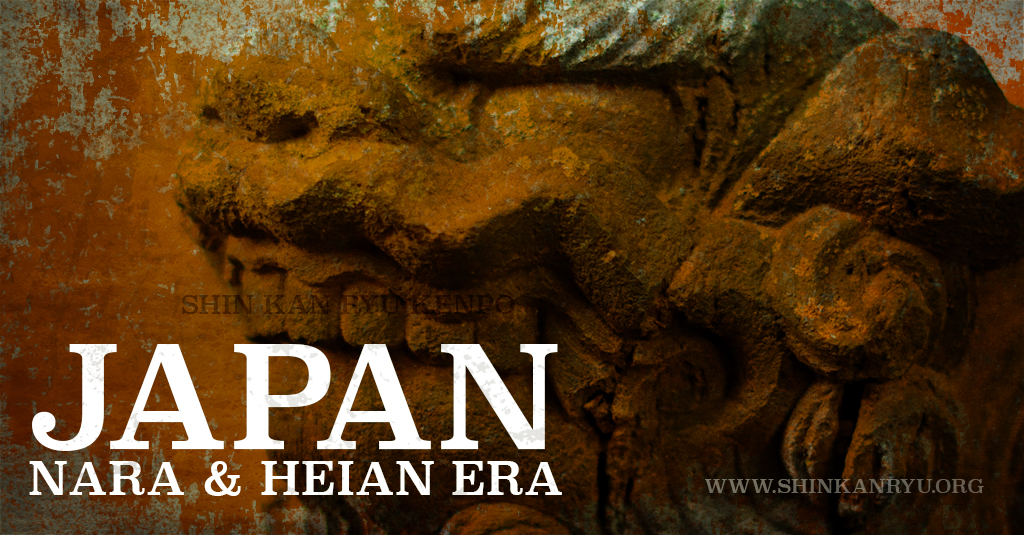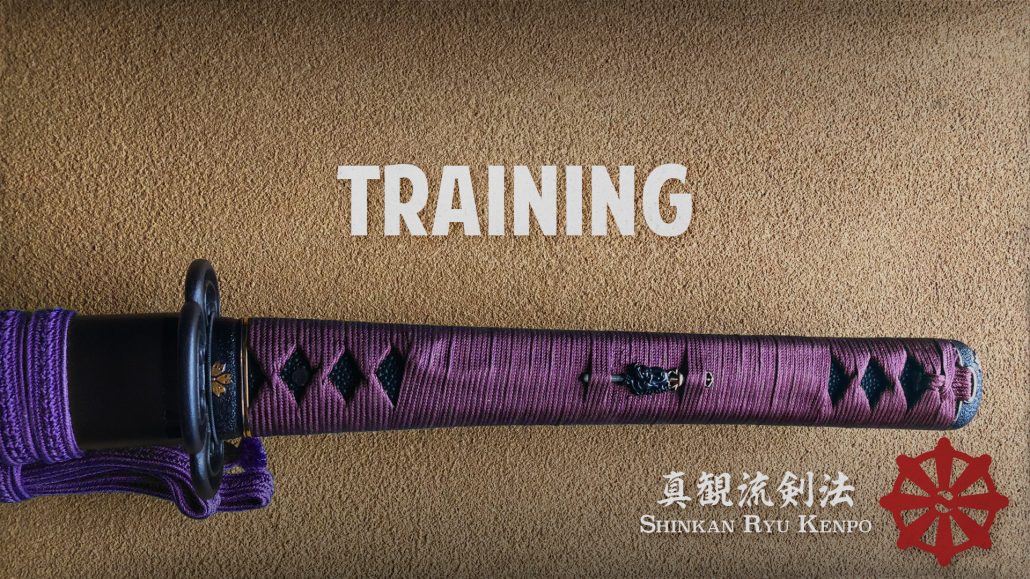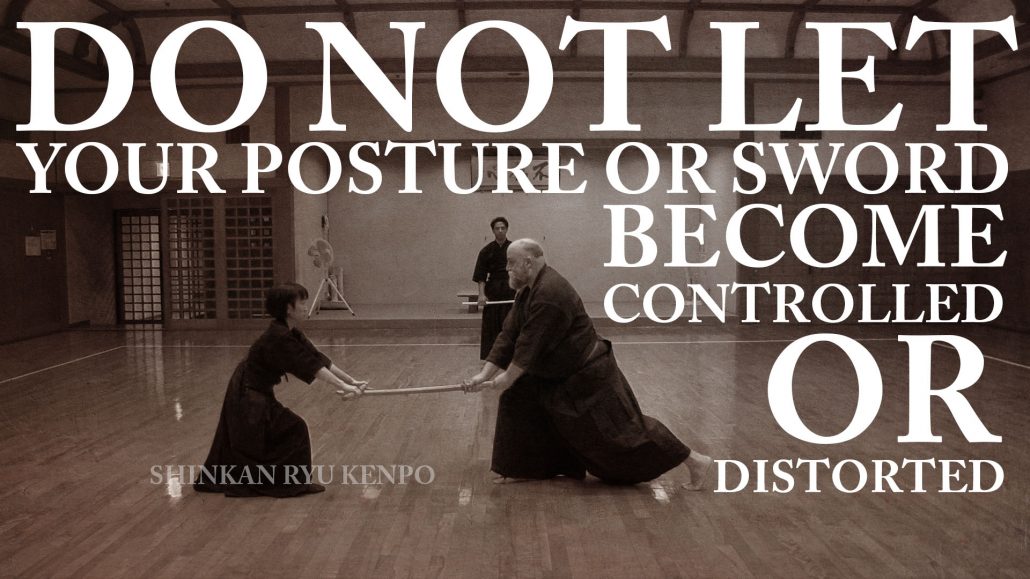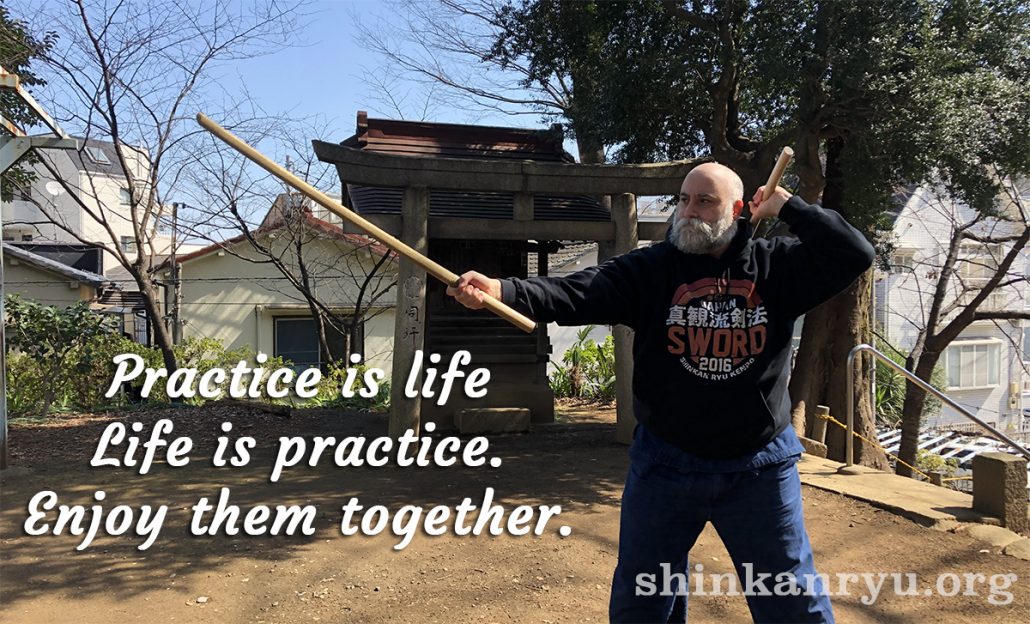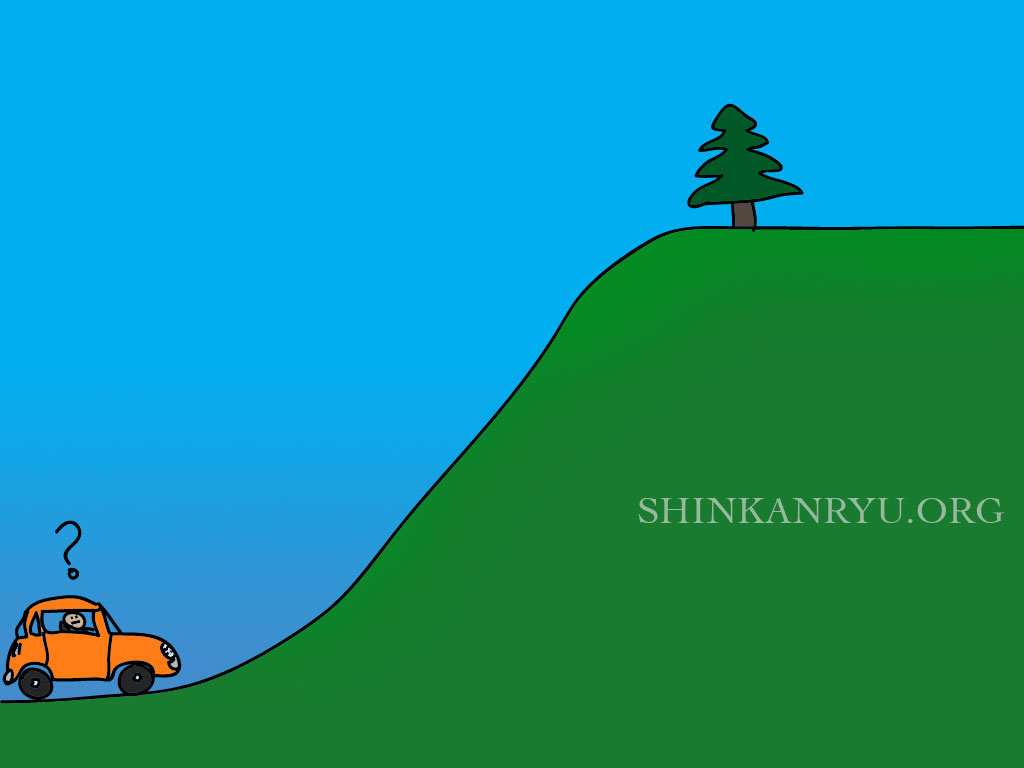Iaijutsu and iaido are components of kenjutsu 剣術, the arts of the sword. Iaijutsu, iaido are specific techniques used to draw the sword from the saya (sheath). It is also called battōdō or battōjutsu抜刀術.
The suffix of jutsu 術 means techniques or the art of. Batsu 抜 or nuku means to pull. Battōjutsu means the art of pulling out the sword.
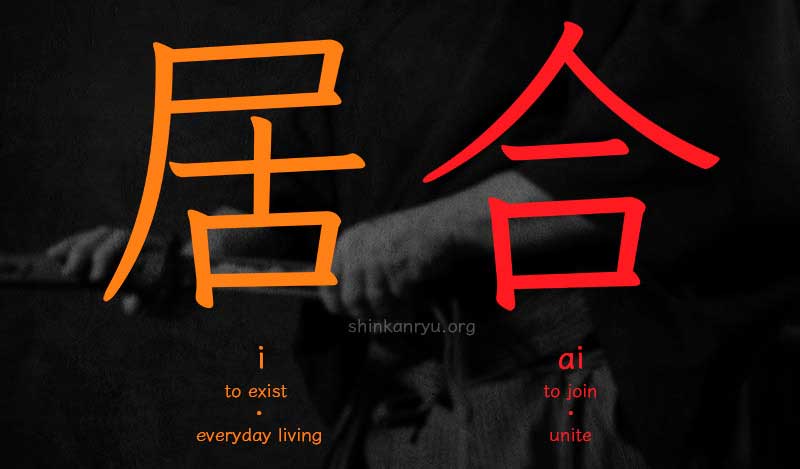
Iaijutsu, on the other hand, has a different connotation than battōjutsu. Iai 居合 is made up of two characters, the first I 居. This character means to be or exist and also has a broader meaning of sitting. The second character, ai 合 means to meet or unite or join.
There is no direct translation into English of Iai. The art of using the sword in everyday situations is probably the best way to think of it. Iaijutsu does not mean the seated forms solely. There is also standing, which is called tachi-iaijutsu 立居合術.
Origin

No single person can claim the title of the creator of iaijutsu. Although bushi such as Iizasa Choisai Ienao of Tenshin Shōden Katori Sintō-ryū (14th Century) and Hayashizaki Jinsuke Shigenobu of Shin Musō Hayashizaki Ryū (16th Century) significantly contributed to its spread and popularity within koryū.
Iaijutsu and iaidō are done from various postures from seated to standing. Although the character 居 has the older meaning of sitting, iaijutsu contains the feeling of being at "rest" in a non-battlefield situation and is more relating to that of everyday life. Sitting in a meeting, or having a meal or being served tea, etc. etc. Walking down the street is a part of this "existing in everyday life" idea.
Iaijutsu is concerned with the art of using the sword from its rested position in the saya. The person studying iaijutsu learns to deploy the sword for somewhat defensive purposes. In Japanese swordsmanship, these defensive techniques also include acts of getting the sword out to attack as well. Iaijutsu is not purely defensive action. Methods for stealthy or covert attacks are also included in many systems of iaijutsu and iaido.
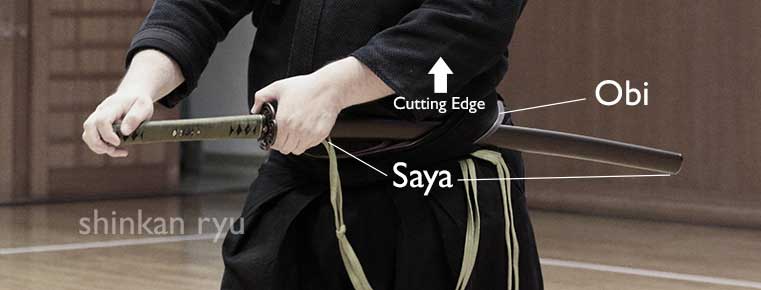
In general, the sword is worn through the obi (belt) with the cutting edge facing up. Starting around the sixteenth century the sword was easily worn through the obi and hakama since many more samurai were not dressed in armor. The sword placed in the obi and straps of the hakama became normal usage. Earlier the sword was worn in a method known as tachi. It with the cutting edge facing downwards. It was suspended by two cords affixed to the saya. It hung much lower than the more modern version of it being in the obi. Having the cutting edge face down in tachi style also puts the handle at a convenient level to draw the sword. Wearing the sword in the obi with the cutting edge facing downwards creates an awkward method of drawing.
The swords (tachi) had also changed more into the katana we know today. The advent of a change in political climate, wardrobe, and utensils such as the uchigatana and katana paved the way for the advent of iaijutsu. The samurai needed a method to use the sword in a different environment.
Forms
Iaijutsu and iaido are done from crouched (iaigoshi), kneeling or semi-sitting (tatehiza), formal sitting (seiza), regular sitting (agura) and standing (tachi) postures. The sword might be in the obi, or it might be on the floor to either side of the practitioner. It might also be done carrying the sword in one hand. There is a myriad of ways different schools approach the art iaijutsu in swordsmanship. The handle (tsuka) and sheath (saya) and sword guard (tsuba) are also used as weapons in some schools in their iaijutsu techniques (waza). Iaijutsu can also contain grappling within its techniques. It is not uncommon to use a kick or a punch or joint locks within the iaijutsu techniques.
©2018 S.F.Radzikowski

ラジカスキー真照
館長Saneteru Radzikowski is the head sword instructor of Shinkan-ryū Kenpō. He lives and teaches Iaijutsu and Kenjutsu from Nara, Japan.
Budō Practice Is Everywhere
Practicing without many excuses not to is a good practice.
The Martial Arts Heart
Budo values reflection and compassion. When these are not present it is hard to develop...
Basic Blocking In Kenjutsu
Please enjoy this informational budo video about sword blocking in classical Japanese kenjutsu. https://www.youtube.com/watch?v=_NfMrHpeGKM
Martial Arts Cults & Lies
I once had an interaction with someone who referred to their school as a genuine...
Martial Arts and The Path: Strive for the truth
If you study the way and path 道, then you should understand the truth correctly....
Narrow Minds Walk Narrow Paths
Narrow Minds Walk Narrow Paths There are a lot of martial arts to enjoy. There...
Learning Koryū Kenjutsu & Iaijutsu Traditionally
Martial Arts Breathing
The spirit of the sword is the breath. Breathing Physiology What’s so crucial about martial...
Bujutsu Truth
Be honest. Move with the truth and discard the lies and false facades. Leave them...
You With Sword In Hand, Calm Yourself
The mental issues involved with subscribing to someone you dislike, hate, have anger towards, desire...
Impermanence, The Mind, and the Truth
After every meditation session my teacher, with his eyes still closed, would softly speak in...
Bujutsu Thoughts
Training in iaijutsu (or any bujutsu) means doing the same thing over and over and...
Basic Head Strike Iaijutsu Kenjutsu
Good Posture = Efficient Movement A graphic I made for a student talking about the...
Happy New Year
From all of us at Shinkan-ryū Kenpō to you, Have a wonderful New Year Celebration....
What does Budō mean?
I’d like to discuss briefly discuss what Budo or Bujutsu means. I’m not a scholar...
Are Combat Skill, Self Defense & Martial Art The Same?
Why make the distinction between martial art and combat skill? I believe that combat skills...
Japanese Era 710-1868 Part 1 Nara & Heian
Nara period. 710-794 We shall begin with the Nara period. 710-794. Japan had recently changed...
How To Avoid Training Pitfalls In Martial Arts
Beware The Rabbit Holes. I want to talk about some pitfalls of martial arts training....
Sword Control
We should not let our mind or body or sword become contorted or controlled by...
Budo Thoughts: Practice is life.
Practice is life. Life is practice. Enjoy them together. Enjoying morning keiko outdoors. The smell...
Unleash the Potential of Your Iaido Success
We’re diving deep into the art and discipline of Iaido, a journey that goes far...
Practice
The car at the bottom of the hill needs a sustained gas pedal to move...


